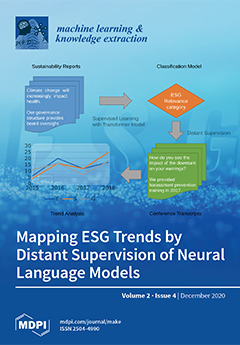Follicular lymphoma (FL) is the second most common lymphoma in Western countries. FL is characterized by being incurable, usually having an indolent clinical course with frequent relapses, and an eventual patient’s death or transformation to Diffuse Large B-cell Lymphoma. The immune response and
[...] Read more.
Follicular lymphoma (FL) is the second most common lymphoma in Western countries. FL is characterized by being incurable, usually having an indolent clinical course with frequent relapses, and an eventual patient’s death or transformation to Diffuse Large B-cell Lymphoma. The immune response and the tumoral immune microenvironment, including FOXP3+Tregs, PD-1+TFH cells, TNFRSF14 (HVEM), and BTLA play a role in the pathogenesis. We aimed to analyze the gene expression of FL by Artificial Intelligence (machine learning, deep learning), to identify genes associated with the prognosis of the patients and with the microenvironment in terms of overall survival (OS). A series of 184 cases of the GSE16131 dataset was analyzed by multilayer perceptron (MLP) and radial basis function (RBF) neural networks. In the analysis, MLP and RBF had a synergistic effect. From an initial set of 22,215 genes probes, a final set of 43 genes was highlighted. These 43 genes predicted the OS and correlated with the immune microenvironment: in a multivariate Cox analysis, 18 genes were associated with a poor prognosis (namely,
MED8,
KRT19,
CDC40,
SLC24A2,
PRB1,
KIAA0100,
EVA1B,
KLK10,
TMEM70,
BTN2A3P,
TRPM4,
MED6,
FRYL,
CBFA2T2,
RANBP9,
BNIP2,
PTP4A2 and
ALDH1L1) and 25 genes were associated with a good prognosis of the patients. Gene set enrichment analysis (GSEA) confirmed these findings and showed a typical sinusoidal-like shape. Some of the most relevant genes for poor OS were
EVA1B,
KRT19,
BTN2A3P,
KLK10,
TRPM4,
TMEM70, and
SLC24A2 (hazard risk = from 1.7 to 4.3,
p < 0.005) and for good OS, these were
TDRD12 and
ZNF230 (HR = 0.34 and 0.28,
p < 0.001).
EVA1B,
KRT19,
BTN2AP3,
KLK10, and
TRPM4 also associated with M2-like macrophage markers including
CD163,
MRC1 (CD206), and
IL10 in the core enrichment for dead OS outcome by GSEA and to poor OS by Kaplan–Meier with Log rank test. The scientific literature showed that some of these genes also play a role in other types of cancer. In conclusion, by Artificial Intelligence, we have identified new biomarkers with prognostic relevance in FL.
Full article





